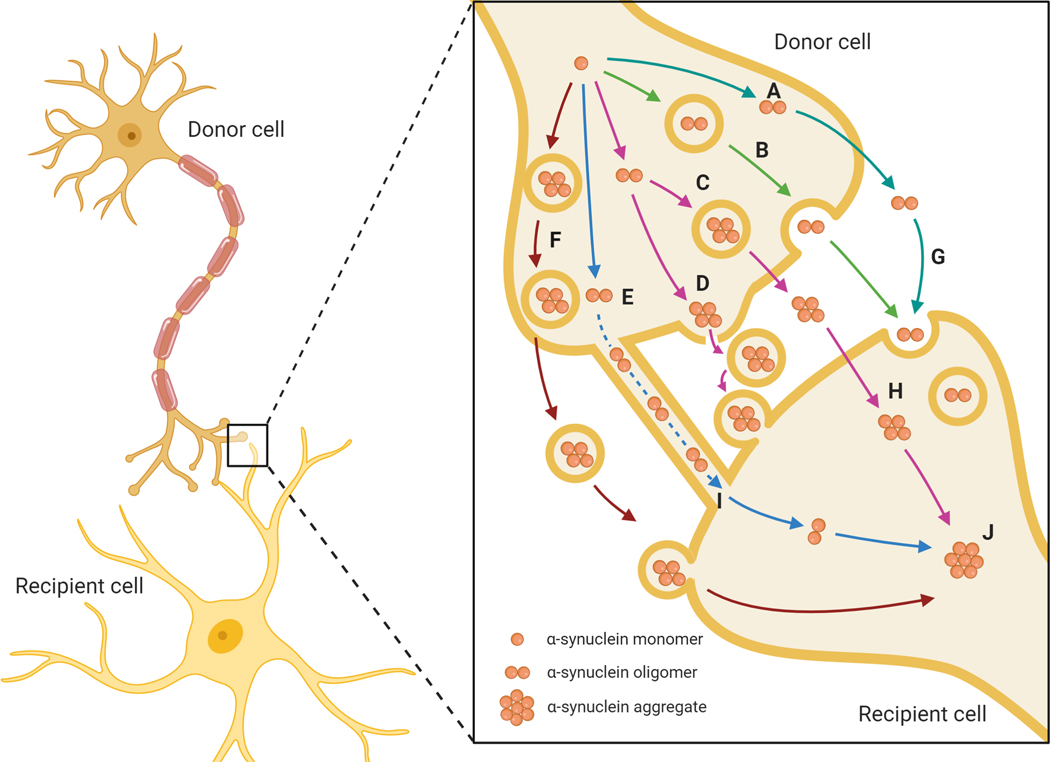Figure 1. Proposed mechanisms of intercellular α-synuclein transmission.
Cellular mechanisms of α-synuclein transmission between cells facilitate the propagation of protein pathology in PD, whereby protein ‘seeds’ are transferred from donor cells into the extracellular space, as naked protein or in vesicles such as exosomes. These monomers and oligomers then act as seeds for protein aggregation in the recipient cells and can activate neuroinflammatory responses from glial cells. Mechanisms of transmission include the non-vesicular release of free α-synuclein (A), exocytosis (B), secretory lysosome release (C), microvesicular shedding (D), transport via tunnelling nanotubules (E) and exosomal transport (F). Uptake mechanisms include endocytosis (G), membrane perforation or pore formation (H) and exosome uptake (I), leading to α-synuclein aggregation formation (J).

